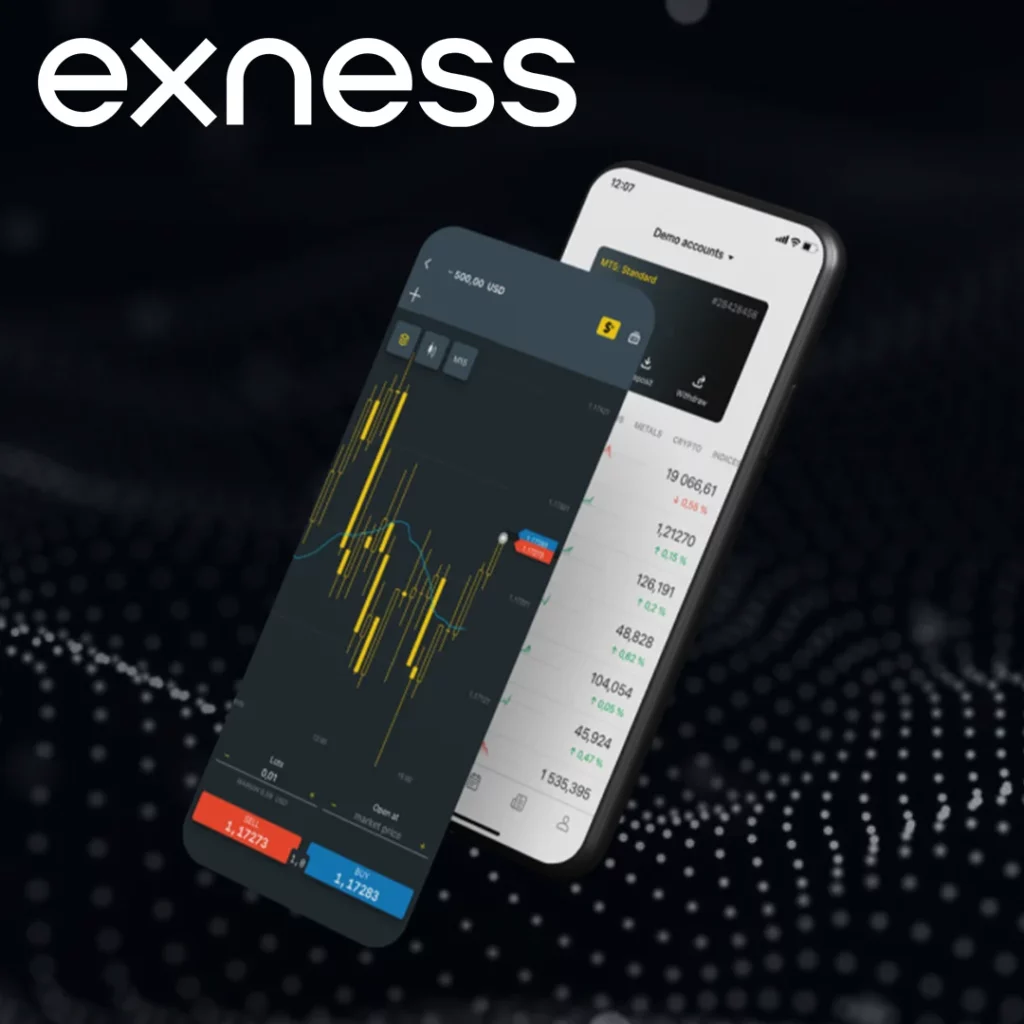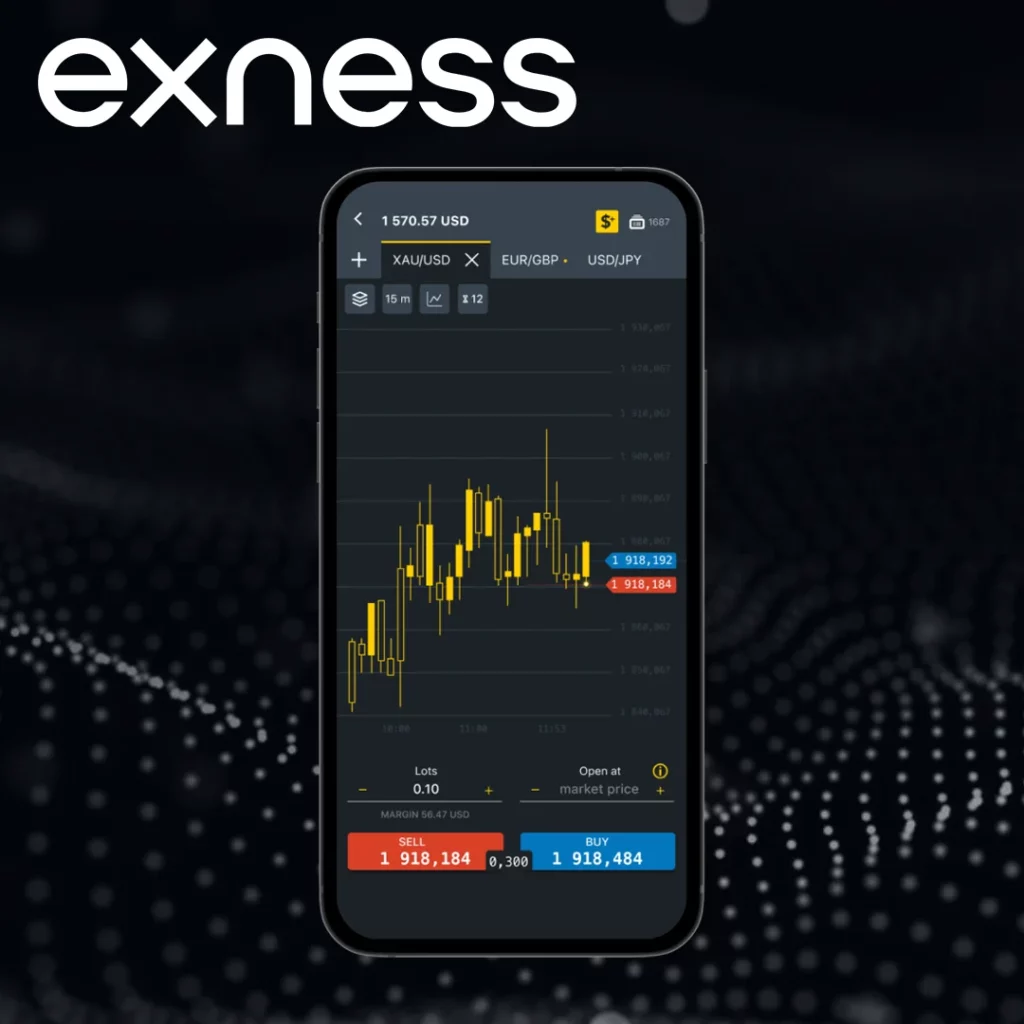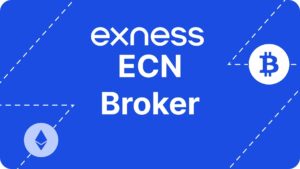Swap fees are a key element in trading, especially for those who hold overnight positions. These fees or overnight fees will be charged when the position is open after the market closes. Understanding how they are calculated and how to effectively manage them can make a huge difference in the overall strategy and profitability of traders. Traders trading in Exness, like elsewhere, face the reality of swap fees, but there are ways to minimize their impact.
What is swap fee?
Swap fee refers to the interest difference between two currencies in a pair of currencies, which is sometimes applied when a position is held overnight. This fee may be positive or negative, depending on the direction of the transaction and the interest rate difference between the currencies involved. If you hold a position for more than one trading day, you are likely to encounter swap fees, which may increase your profits or become a cost.
Swap fees are not the same for all currency pairs, as there are significant differences in interest rates. For example, the swap rate for trading EUR/USD may be different from the swap rate for trading GBP/JPY, due to the different interest rates set by the European Central Bank and the Bank of England or the Federal Reserve System and the Bank of Japan. These expenses may increase your profits or consume them, so it's important to be aware of their impact.
Several key points regarding swap fees:
- Daily application:Swap fees are usually calculated at the end of each trading day.
- The swap rate for each currency pair is different:Each currency pair has its unique swap rate.
- The impact of position direction:Whether you buy or sell a pair of currencies, it will affect whether the swap is positive or negative.

How does Exness calculate swap fees
Exness calculates swap fees through a formula that takes into account several key factors. Understanding these factors is crucial for traders as it enables them to predict potential costs and make informed decisions. The most important factors affecting swap fees include the interest rate difference between two currencies, the direction of positions, and market liquidity.
Exness uses its proprietary system to calculate swap rates, ensuring that customers are aware of any additional costs. The company is committed to providing transparent pricing on its platform, which means traders can access the latest swap rate information at any time. It should be noted that swap rates may fluctuate based on market conditions and changes in central bank policies, so it is crucial to closely monitor economic news.
| factor | describe |
| interest rate | The difference in interest rates between two currencies. |
| Position Type | Buying or selling positions: affects whether the swap is positive or negative. |
| Market liquidity | Higher liquidity typically leads to lower swap fees. |
| Economic events | Central bank policies, such as interest rate hikes, will affect swap rates. |
Example of Exchange Fee Calculation:Imagine you are trading EUR/USD pairs. If the interest rates of the Federal Reserve System in the United States are higher than those of the European Central Bank and you are buying EUR/USD, you are likely to pay negative swap fees because your borrowing rates are higher than your lending rates. On the other hand, if you sell EUR/USD, the swap fee may be positive because you borrowed EUR at a lower interest rate.

Why are swap fees important
For many traders, swap fees are an important part of their trading costs, especially for those who hold positions for a long time. Over time, these expenses can accumulate and significantly impact profitability. For short-term traders, swap fees may not be a big issue, but for traders who adopt strategies such as carry trades and hold positions for a long time, the impact of swap fees may be significant.
The impact of exchange fees is often overlooked, but traders should be aware of this as they may turn seemingly profitable trades into losses. In addition, swap rates are not static and unchanging; They can change every day, which means that the cost of holding overnight positions is unpredictable. Traders need to remain vigilant, closely monitor these fees, and adjust their strategies accordingly.
The impact of exchange fees:
- Long term effects:When the position is held for multiple days, swap fees will accumulate.
- Interest arbitrage trading:Traders who use carry trades (borrowing in low rate currencies and investing in high rate currencies) are particularly sensitive to swap rates.
- Cost and return:Swap fees can erode profits, making it more difficult to achieve sustained returns.
Minimize turnover costs
Although swap fees cannot be completely avoided, traders can minimize their impact in several ways. By carefully selecting trading strategies, choosing appropriate accounts, and monitoring market trends, traders can significantly reduce swap costs. Exness provides traders with a range of tools that make it more convenient.
| strategy | describe |
| No overnight interest account | Completely eliminate swap fees by selecting a no swap account. |
| early unwinding | Close positions before market closure to avoid overnight swaps. |
| Trading major currency pairs | Focusing on high liquidity pairs such as EUR/USD, which typically have lower swap rates. |
| Understand the latest interest rate situation | Track central bank announcements to predict changes in swap rates. |
| Adjust the size of the storage space | Smaller transactions mean lower turnover fees. |
Use a non exchange account
Exness provides free period accounts for clients who are unable to participate in swap transactions due to religious reasons. These accounts adopt different fee structures, completely avoiding swap fees. However, it is important to realize that although swap swaps are avoided, other fees may apply.
Close the position before the end of the trading day
Overnight positions will incur swap fees. By closing positions before the end of the trading day, traders can avoid swap fees. For intraday traders or scalpers, this strategy is particularly useful as their goal is to capitalize on short-term market volatility without worrying about overnight fees.
Choose currency pairs with low swap rates
Some currency pairs often have lower swap fees due to the high currency stability and liquidity involved. For example, major currency pairs such as EUR/USD and GBP/USD typically have lower swap fees compared to more non mainstream currency pairs. Choosing these pairs can reduce overall exchange costs.

Monitor economic events and changes in interest rates
Due to the close correlation between swap rates and interest rate differentials, traders who understand central bank decisions and macroeconomic trends can better predict potential changes in swap rates. Following the interest rate announcements of major central banks such as the Federal Reserve System or the European Central Bank can provide insights into future swap fees.
Reduce the size of the storage space
The larger the position, the higher the potential swap fees. Traders can reduce swap fees by trading smaller positions. By reducing the size of their positions, traders can significantly lower their exposure to swap costs.

Avoiding swap fees through Exness features
Exness provides a variety of tools and account types aimed at helping traders effectively manage swap fees. Whether through customized account conditions or interest free exchange options, traders have multiple options to reduce these costs.
The features launched by Exness help minimize swap fees:
- Non exchange account:Suitable for individuals who wish to avoid exchanging fees due to religious reasons.
- Customizable trading conditions:Exness provides a degree of customization that allows traders to set their own parameters, potentially reducing swap fees.
- Real time swap rate information:Exness provides real-time swap fee data for all currency pairs, making it easier for traders to make informed decisions.
conclusion
Exchange fees are an inevitable part of transactions, but they do not necessarily have a significant impact on your profitability. By understanding how they are calculated and effectively managing them using strategies, traders can minimize their impact. There are many ways to control swap fees, whether through account swaps, choosing favorable currency pairs, or understanding market changes.
Exness provides its clients with the necessary tools and flexibility to manage these costs and optimize transaction costs. Traders who take the time to understand swap rates and adjust their strategies accordingly will be better able to protect their profits and trade more effectively.

Trade immediately with trusted broker Exness
Personally understand why Exness is the preferred broker for over 800000 traders and 64000 partners.
frequently asked questions
What is the swap fee in the transaction?
The interest fee charged for overnight positions is called a swap fee. These fees depend on the interest rate difference between a pair of currencies.



